Restoring faded oak furniture is a fantastic way to bring new life to cherished pieces that may have lost their luster over time. Oak is a durable and timeless wood, but exposure to sunlight, moisture, and regular wear can cause it to fade or lose its original finish.
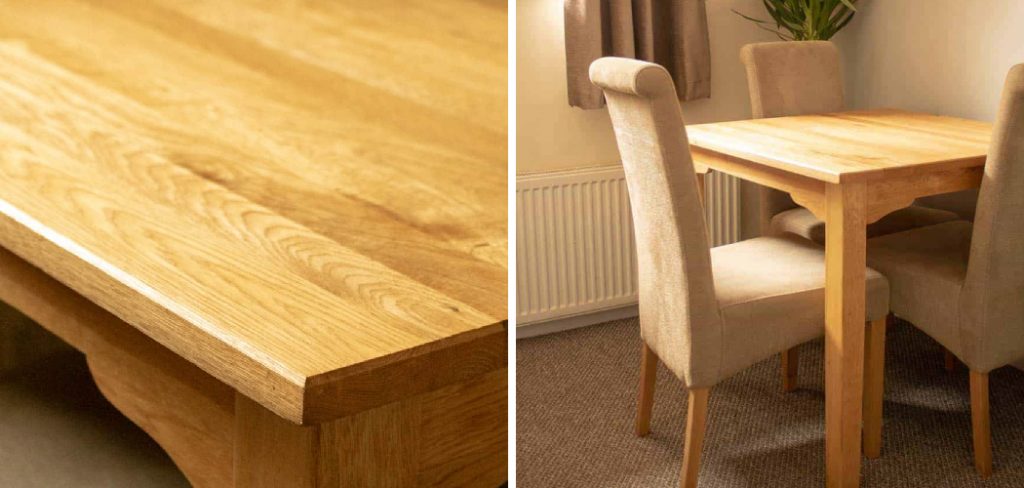
By following a few key steps and using the right tools and techniques, you can exterior stain colors for wood. This guide will walk you through the process of How to restore faded oak furniture, ensuring professional results while maintaining the integrity of the wood.
Why Oak Furniture Fades
Oak furniture fades primarily due to prolonged exposure to environmental factors, with sunlight being the main culprit. Ultraviolet (UV) rays penetrate the wood’s surface, breaking down its natural compounds and leading to discoloration over time. Additionally, fluctuations in humidity and temperature can cause the wood to expand and contract, weakening its protective finish and making it more susceptible to fading.
Everyday wear, such as spills and cleaning with harsh chemicals, can also degrade the surface, further diminishing its original appearance. Understanding these factors is crucial for preventing and addressing fading, ensuring oak furniture retains its charm and durability.
What Causes Oak Furniture to Fade?
Oak furniture fades primarily due to a combination of environmental and external factors. Prolonged exposure to sunlight is one of the most significant causes, as UV rays penetrate the surface and chemically alter the wood, resulting in a lighter or uneven color. High humidity paired with fluctuating temperatures can exacerbate fading by causing the wood to swell and contract, weakening its finish and allowing imperfections to develop over time.
Additionally, improper cleaning methods, such as using harsh chemicals or abrasive materials, can strip protective coatings and make the wood more vulnerable to discoloration. Even spills left untreated can contribute to permanent marks or stains, affecting the furniture’s overall aesthetic. By identifying these causes, steps can be taken to minimize damage and preserve oak furniture for years to come.
10 Methods How to Restore Faded Oak Furniture
1. Assess the Condition of the Oak Furniture
Before you begin the restoration process, it’s essential to thoroughly assess the condition of your faded oak furniture. Take a close look at the surface to determine the extent of the fading, checking for signs of scratches, stains, or other damages that might complicate the restoration.
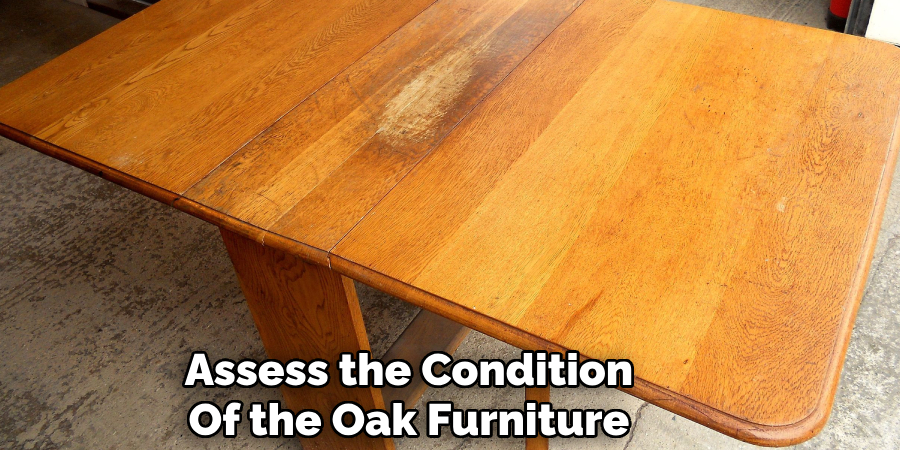
Fading is often caused by prolonged exposure to sunlight, moisture, or just years of regular use. Make notes of areas where the color has significantly dulled compared to less exposed parts. Understanding the scope of the damage helps you choose the appropriate restoration method and prevents unnecessary work. This initial evaluation sets the foundation for a successful transformation.
2. Clean the Furniture to Remove Dirt and Grime
Once you’ve assessed the condition, the next step is to clean the faded oak thoroughly. Dust and grime can accumulate on the surface over time, masking the true color of the wood. Use a soft cloth and a mild wood cleaner or a mixture of water and white vinegar (in equal parts) to wipe down the furniture. Be gentle to avoid scratching the oak, and use a toothbrush to reach intricate carvings or corners.
After cleaning, dry the furniture with a soft, lint-free cloth. Removing surface contaminants ensures that subsequent restoration treatments can penetrate the wood properly, resulting in a more vibrant finish.
3. Lightly Sand the Surface to Prepare for Restoration
After cleaning, lightly sanding the surface of the oak furniture will help remove any remaining grime and prepare the wood for restoration. Use fine-grit sandpaper (around 220-grit) to gently sand in the direction of the wood grain. This step not only smooths out minor imperfections but also opens the wood pores, allowing oils or finishes to absorb more effectively.
Be careful not to over-sand, as you want to maintain the integrity of the oak. Once sanding is complete, wipe away the dust with a tack cloth. Proper sanding is vital for achieving a consistent and professional-looking finish.
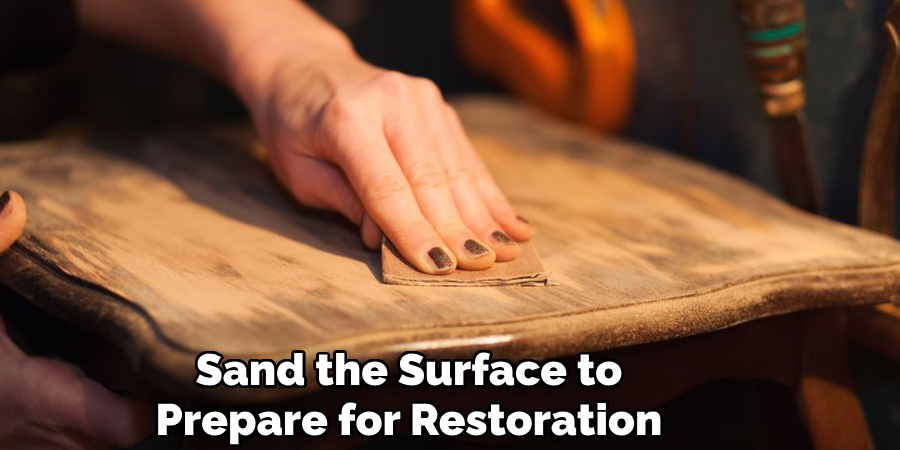
4. Apply Wood Conditioner for Uniform Absorption
To restore the oak’s faded color evenly, apply a wood conditioner, especially if you plan to stain the furniture. Wood conditioner penetrates the grain, preventing blotchiness when applying oil or stain. Using a clean, soft cloth or a brush, apply the conditioner generously, following the grain of the wood. Let it sit for 15 to 20 minutes, then wipe off any excess.
Conditioning helps ensure that the oak absorbs the stain evenly, particularly in areas where fading is more pronounced. This step is crucial for maintaining the natural beauty of oak without creating patchy or uneven spots.
5. Rehydrate the Wood with Furniture Oil
Faded oak furniture often lacks the natural oils that keep the wood looking rich and vibrant. To restore this luster, use a high-quality furniture oil, such as Danish oil or tung oil. Apply the oil with a clean, soft cloth, rubbing it into the wood in the direction of the grain. Allow the oil to penetrate the wood for about 30 minutes before wiping away any excess.
Repeat the application if necessary, particularly on severely faded areas. Rehydrating the oak helps restore its natural glow and prevents future drying or cracking, leaving your furniture looking refreshed and nourished.
6. Use a Stain to Restore Color
If the oak’s color has faded significantly, consider applying a wood stain to bring it back to life. Choose a stain color that matches the original tone of the oak, or select a slightly darker shade to cover severe fading. Apply the stain using a foam brush or cloth, working it into the wood along the grain.
Let the stain sit for 5 to 15 minutes, depending on how deep you want the color, and then wipe off the excess with a clean rag. Multiple coats may be necessary for darker shades. Staining not only revitalizes the oak but also protects it from further UV damage.
7. Apply a Wax or Varnish Finish
To seal in the restored color and protect the wood, apply a wax or varnish finish. For a natural look, use a beeswax polish, applying it with a soft cloth and buffing to a shine. For a more durable finish, especially on tabletops or frequently used pieces, opt for a clear polyurethane varnish.
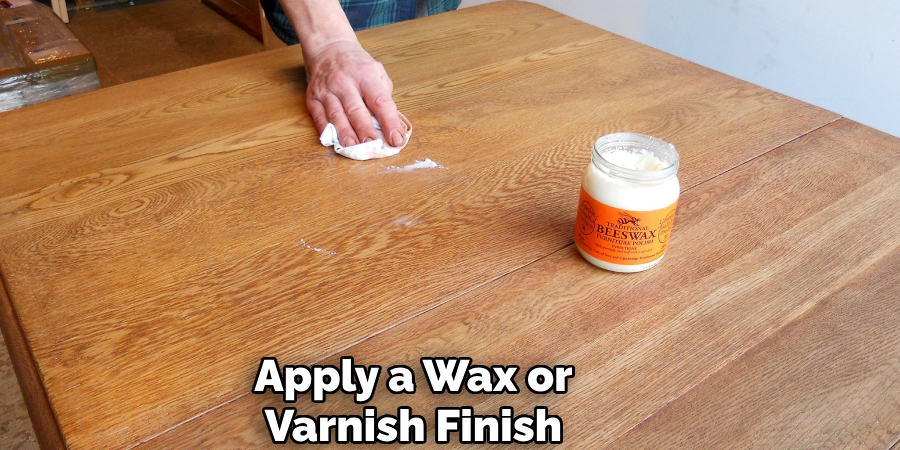
Apply the varnish with a high-quality brush, allowing it to dry completely between coats. Typically, two to three coats will provide optimal protection. The final finish enhances the wood’s natural grain and protects it from scratches, spills, and future fading.
8. Protect the Furniture from Further Fading
Once restored, it’s essential to protect your oak furniture from further fading. Position the pieces away from direct sunlight or use window treatments like blinds or UV-protective film to reduce exposure. Applying a furniture wax with UV protection periodically will also help maintain the color. Using tablecloths or runners on flat surfaces can shield the wood from both sunlight and wear. Preventative care ensures that the restoration work lasts longer and keeps your oak furniture looking its best.
9. Maintain the Furniture with Regular Polishing
To preserve the restored finish, maintain your oak furniture with regular polishing. Use a natural wood polish or a product specifically formulated for oak. Apply the polish sparingly with a soft cloth, buffing in circular motions to enhance the wood’s shine. Regular polishing not only keeps the wood moisturized but also helps repel dust and minor stains. Avoid harsh chemical cleaners, as they can strip the finish or dry out the wood.
A consistent maintenance routine will help maintain the luster and depth of the oak, prolonging the effects of your restoration efforts.
10. Perform Periodic Touch-Ups
Over time, even well-maintained furniture may show signs of wear or slight fading. Periodically assess your oak pieces, and perform touch-ups as needed. For minor color loss, applying a fresh coat of oil or wax can quickly rejuvenate the wood. In cases of scratches or dents, lightly sand the affected area and reapply stain and finish.
Regular touch-ups keep the furniture looking like new and help you catch any damage before it worsens. Staying proactive with maintenance ensures that your oak furniture remains an attractive and cherished part of your home decor.
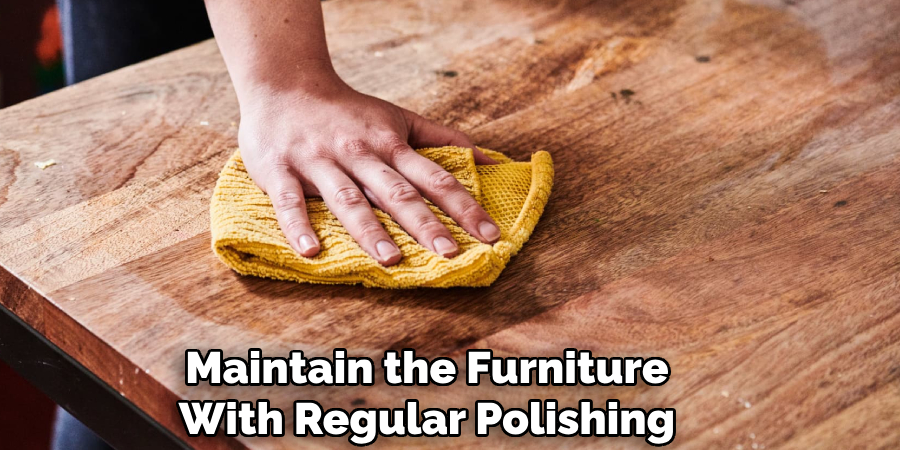
Conclusion
Restoring faded oak furniture is a rewarding project that brings life back to cherished pieces. By carefully assessing the damage, thoroughly cleaning the wood, and following a step-by-step restoration process, you can achieve remarkable results. Proper conditioning, staining, and finishing are essential to protect the wood and enhance its natural beauty.
Additionally, regular maintenance and thoughtful placement in your home will help preserve the vibrant appearance of your restored furniture. Taking the time to care for your oak pieces not only enhances their aesthetic appeal but also extends their longevity, allowing you to enjoy their timeless beauty for years to come. Thanks for reading our blog post on How to restore faded oak furniture! We hope you found it helpful and informative.
About the Author
Adrian Green, a lifelong woodworking enthusiast, shares his passion for the craft through The Woodenify Blog. With a foundation built on years of hands-on experience in his father’s woodworking shop, Adrian is dedicated to helping others learn and grow in the world of DIY woodworking. His approach to woodworking combines creativity, practicality, and a deep appreciation for the art of building with your own hands. Through his blog, he inspires individuals of all skill levels to embark on their own woodworking journeys, creating beautiful, functional pieces of furniture and décor.
Professional Focus
- Specializes in DIY woodworking projects, from furniture to home décor.
- Provides step-by-step guides and practical tutorials for woodworkers of all skill levels.
- Dedicated to helping readers build confidence and skill through easy-to-follow instructions and tips.
- Passionate about fostering a community of makers who can share, learn, and grow together.
Education History
- University of Craft and Design – Bachelor of Fine Arts (BFA) in Woodworking and Furniture Design
- Woodworking Apprenticeships – Extensive hands-on training with skilled craftsmen to refine carpentry and furniture making techniques.
- Online Courses & Masterclasses – Continued education in advanced woodworking techniques, design principles, and specialized tools
Expertise:
- DIY woodworking, carpentry, furniture making, and home décor projects.
- Creating accessible tutorials and guides for beginner to advanced woodworkers.
- Sharing the joys and satisfaction of woodworking, from raw materials to finished products.
